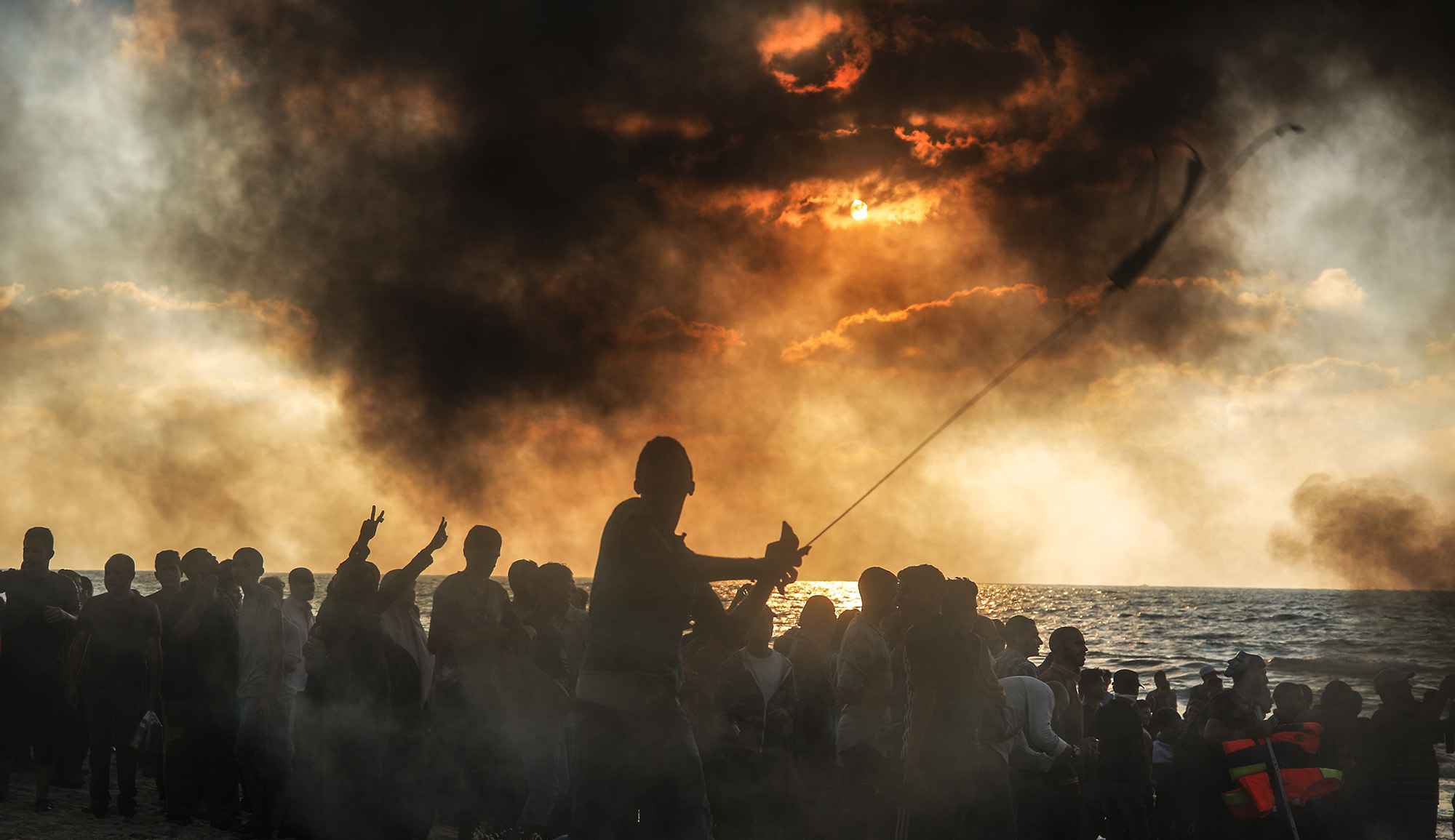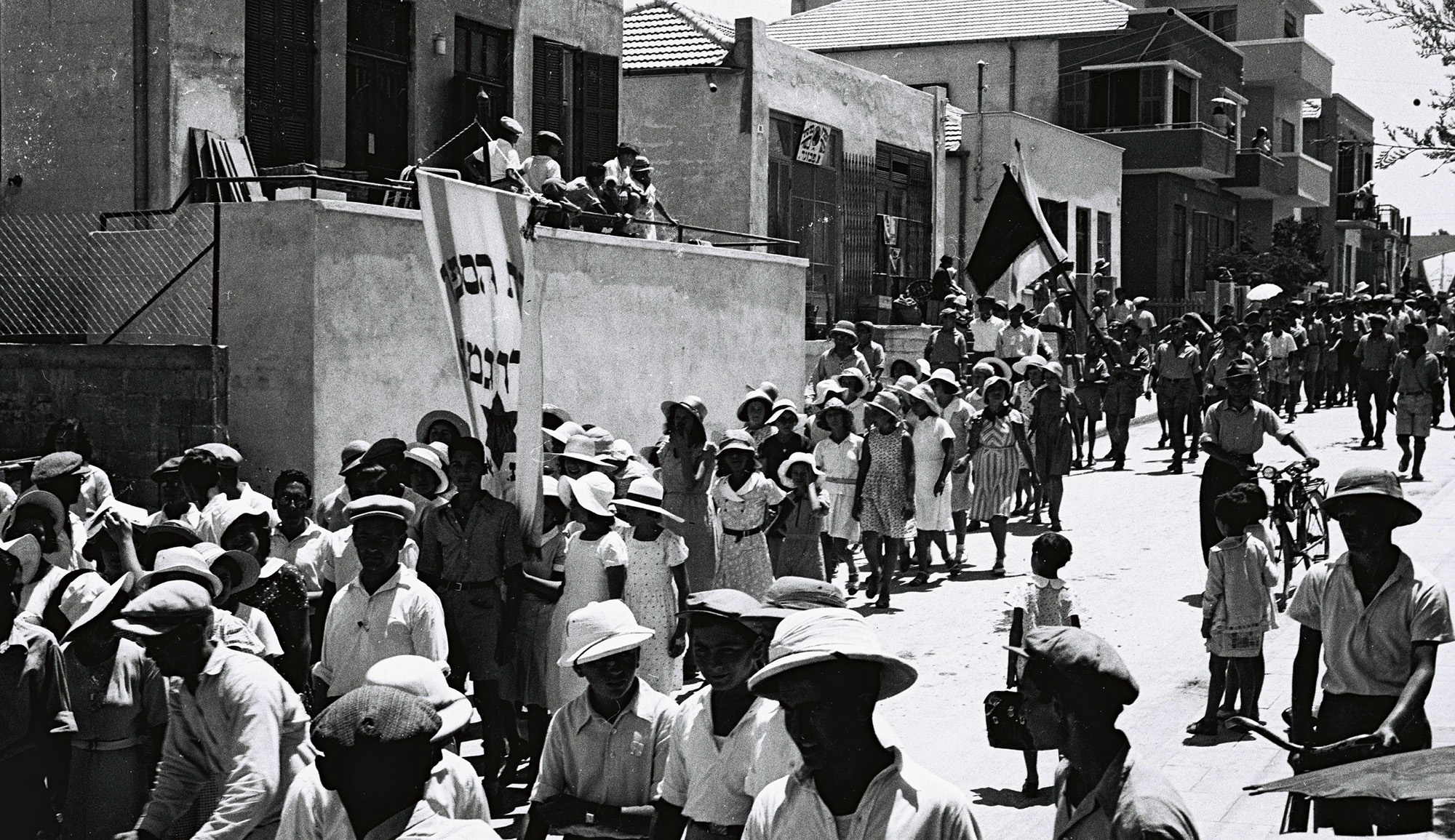Over the past decade, writes Rebecca Margolin, there has been a “small renaissance” of movies and television shows that employ the Yiddish language. These include films produced in the U.S. and Europe featuring actors that have learned Yiddish for their parts, brief Yiddish-language scenes in the movie A Serious Man and the television series My Crazy Ex-Girlfriend, an all-Yiddish Internet comedy series, and an action movie produced by and for Ḥasidim that features no profanity, no women, and a redemptive ending. Margolin describes the last of these:
A Gesheft (A Deal) was produced fully in what might be termed a “vernacular mode”: its directors, actors, and viewers were all members of a Yiddish-speaking ḥasidic community that produces and consumes media in Yiddish. . . .
The film, which follows the story of a corrupt ḥasidic character who ultimately finds redemption, abides by ḥaredi norms of behavior and morality . . . . Likewise, the moral conflicts of the film are resolved when the anti-hero achieves the forgiveness of the man whom he has wronged by devoting himself to the study of sacred Jewish texts until the end of his life. . . .
The relative moral turpitude of a character can be ascertained by how much English—a symbol of American integration—he incorporates into his Yiddish; the only character to die on screen uses extensive English slang.
More about: Arts & Culture, Film, Haredim, Popular culture, Television, Yiddish


